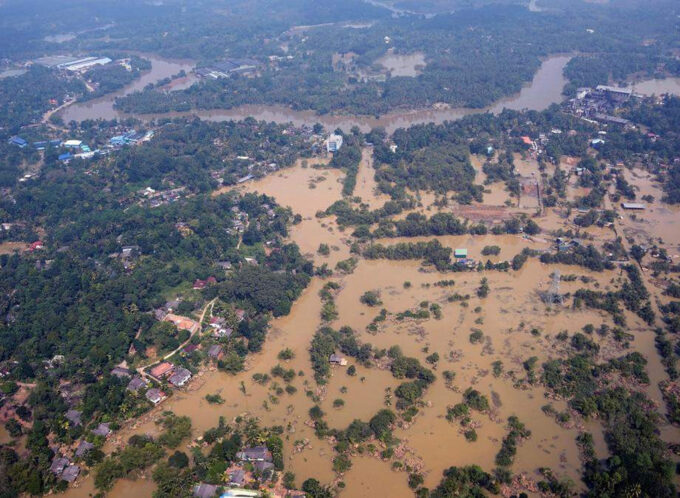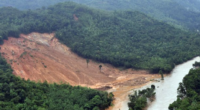The Lanka Coal Company (LCC) is yet to float its critical long-term coal tender for 2025/26 nearly two weeks after the previous year’s tender closed, a delay that officials now admit could jeopardise the country’s coal-fired electricity supply in the coming months.
With coal reserves expected to run out by January and only 15 shipments remaining under the current contract, the new tender is now scheduled to be called only by mid-August.
Sources have indicated that Sri Lanka’s coal reserves may be exhausted by November, with the remaining shipments providing a buffer only until early 2026.
This comes as the Norochcholai Coal Power Plant, which contributes nearly 900 MW (around 40% of national electricity generation), continues its rolling maintenance cycle.
One of its three generators, accounting for 300 MW, has been offline since June 13 and will only return to service in August, when the next unit is set to undergo maintenance, prolonging reduced capacity through at least November.
Amid mounting pressure, the Cabinet only approved the appointment of a tender committee last week.
LCC General Manager Namal Hewage said that the process had finally commenced and that the new tender would cover 2.25 million metric tonnes (MT) of coal across two unloading seasons.
In a notable shift, the LCC will now secure only half the annual requirement through long-term contracts, sourcing the remainder through spot tenders — a strategy aimed at improving flexibility, but one that may expose the country to volatile global coal prices.
On Friday, coal power contributed 11.65 GWh or 23.73% of the country’s total daily generation of 49.10 GWh, according to the Ceylon Electricity Board (CEB).
While hydro sources like the Mahaweli Complex produced a larger share, coal remains a key base load fuel.
Hewage sought to assure the public that the Norochcholai plant had sufficient stock for the immediate future.
Industry experts, however, have expressed concern that any further delay in procurement or shipment logistics could destabilise the national grid, particularly during peak demand periods or unexpected hydropower shortfalls.











Leave a comment